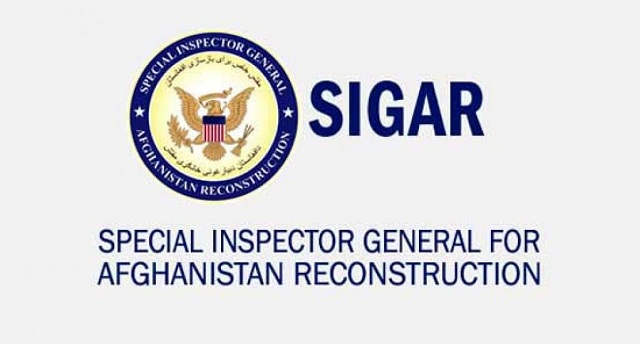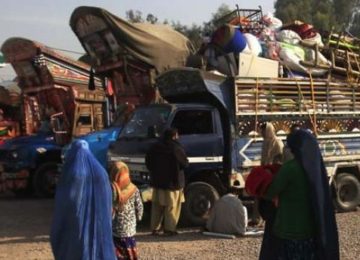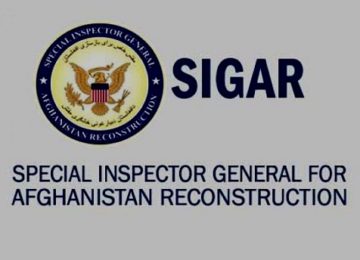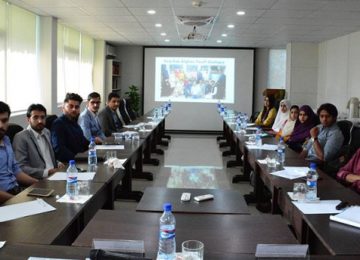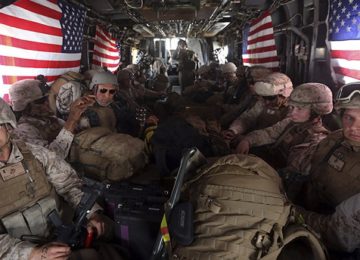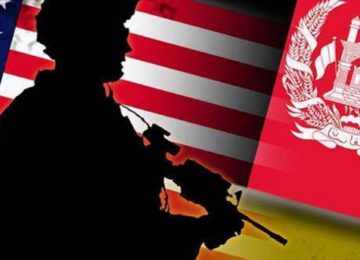The office of the Special Inspector General for Afghanistan Reconstruction (SIGAR) today released its fourth report titled “Stabilization: Lessons from the U.S. Experience in Afghanistan,” on various security lessons learned in Afghanistan. The report has examined the U.S. government’s efforts to stabilize Afghanistan between 2002 and 2017. The report highlights various shortcomings and failures of the US administration in terms of security and socio-economic development. According to the report, many US agencies ‘implemented programs (in the country) without sufficient knowledge of the local institutions, socio-political dynamics, and government structures’. It is also highlighted how the coalition forces set unachievable targets for Afghan officials and security forces, leading to further complications.
The key findings of the report are:
— Between 2001 and 2017, U.S. government efforts to stabilize insecure and contested areas in Afghanistan mostly failed.
— The U.S. government overestimated its ability to build and reform government institutions as part of the stabilization strategy. They focused on troop numbers and their geographic priorities and mostly omitted concerns about the Afghan government’s capacity and performance.
— Under immense pressure to quickly stabilize insecure districts, U.S. government agencies spent far too much money, far too quickly, in a country woefully unprepared to absorb it. Opportunities for corruption and elite capture abounded, making many of those projects far more harmful than helpful.
— On the ground in Afghanistan, DOD, State, and USAID implemented programs without sufficient knowledge of the local institutions, socio-political dynamics, and government structures.
— Powerbrokers and predatory government officials with access to coalition projects became kings with patronage to sell, fuelling conflicts between and among communities. Afghans who were marginalized through this competition found natural allies in the Taliban, who used that support to divide and conquer communities the coalition was keen to win over.
— During the 2009 Afghanistan strategy reviews, President Obama and his civilian and military advisors set in motion a series of events that fostered unrealistic expectations of what could be achieved. They also ensured the U.S. government’s stabilization strategy would not succeed, first with the rapid surge and then the rapid transition.
— By prioritizing the country’s most dangerous districts, the coalition was generally unable to properly clear, secure, and stabilize those targeted areas. As a result, the coalition couldn’t make sufficient progress to convince Afghans in those or other districts that the government could protect them if they openly turned against the insurgents.
— Civilian agencies were compelled to establish stabilization programs in fiercely contested areas that were not ready for them.
— Once DOD deemed money a “weapon system” in 2009, commanders were often judged on the amount of money they disbursed. With insufficient attention to impact and a frequent assumption that more money spent would translate into more progress, these projects sometimes exacerbated the very problems commanders hoped to address.
— According to a senior USAID official, spending continued even as stabilization had become a “dirty word” at the agency, associated with excessive and ineffective spending at the military’s behest.
— Afghan forces and civil servants were generally unwilling, unprepared, or unable to carry forward the momentum created by coalition forces and civilians, particularly on the unrealistic timeline defined by the coalition.
— When the promise of improved services raised expectations and failed to materialize, Afghans who saw more of their government through stabilization projects developed less favourable impressions of it, perhaps a worse outcome than it the government had not reached into their lives at all.
— The effort to legitimize the government was undermined when the very Afghans brought in to lead the efforts themselves became sources of instability as repellent as (if not more repellent than) the Taliban.
— By the time all prioritized districts had transitioned from coalition to Afghan control in 2014, the services and protection Afghans were able to provide often could not compete with a resurgent Taliban as it filled the void in newly vacated territory.
— Most practitioners we spoke to believed that stabilization rarely brought communities closer to stability than merely providing reliable and non-predatory security would have.
To view the report in an abbreviated, interactive, and web-based version: https://www.sigar.mil/interactive-reports/stabilization/index.html
Full Report: https://www.sigar.mil/pdf/lessonslearned/SIGAR-18-48-LL.pdf
Full Remarks: https://www.sigar.mil/pdf/speeches/SIGAR_Brookings_Speech_2018-05-24.pdf
Report Images: https://www.flickr.com/photos/sigarhq/albums/72157697080607615
Disclaimer: Views expressed on this blog are not necessarily endorsed or supported by the Center for Research and Security Studies, Islamabad.



